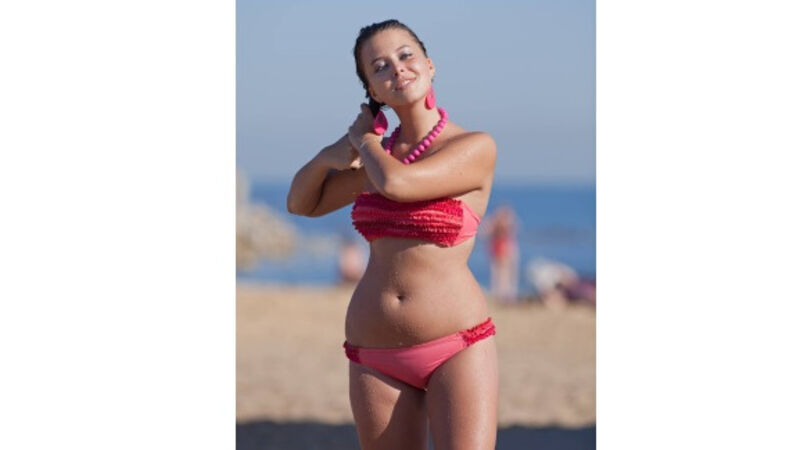Your quick-fix to get beach fit

There’s still time to get in shape before the beach holiday, writes
Your summer holiday is looming and you’ve left it too late to get the bikini-ready body you wanted this time last year but never got round to achieving either. Too busy to hit the gym and too hot in our heatwave to bother with the pre-holiday diet, you are left wondering how you might improve your shape before you board the plane.











